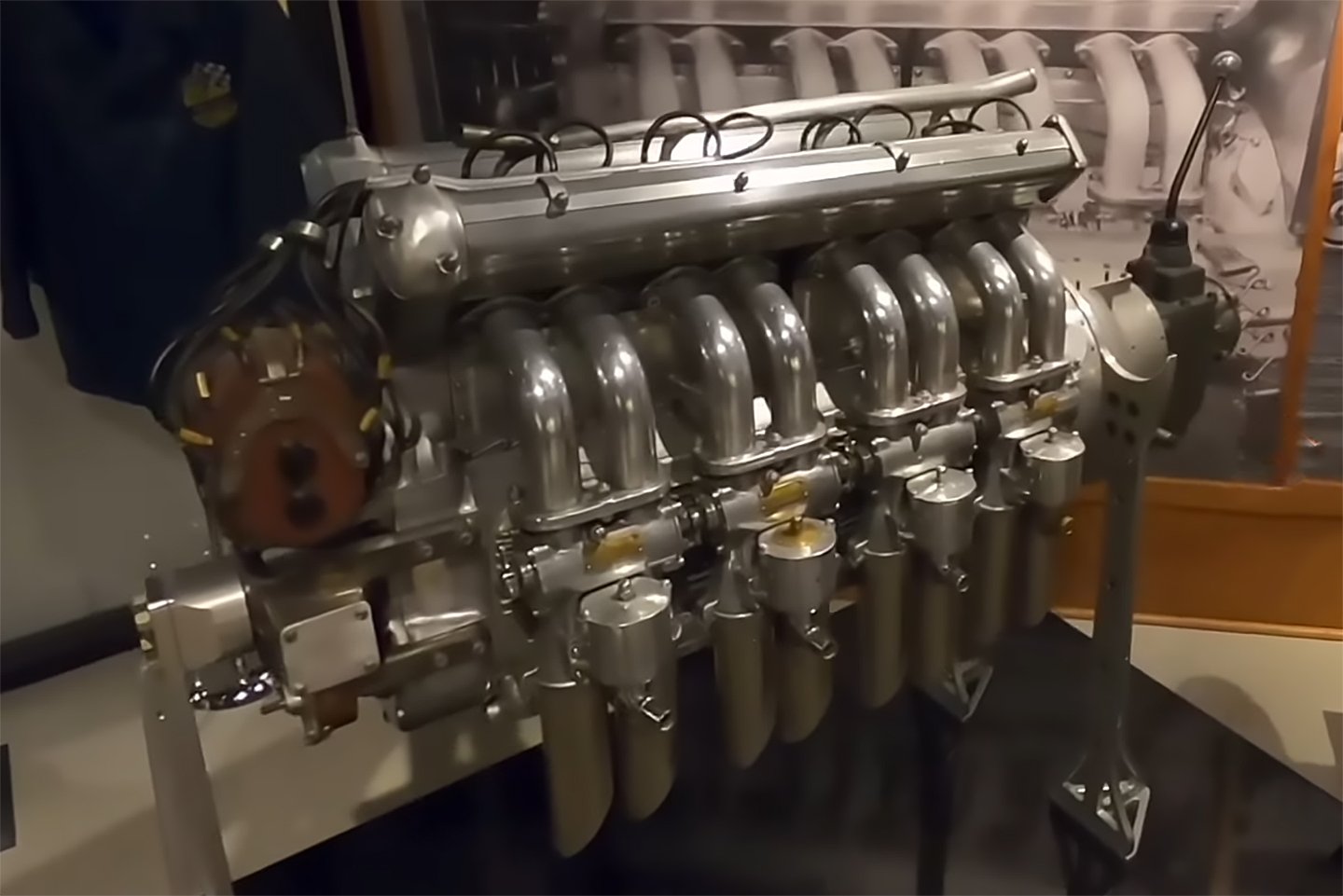Winning SEMA’s Best Engineered New Product award is no small feat. So it says a lot about Holley’s new floatless fuel sender to take home the hardware. The Easy Level fuel level sender is an all-new design that doesn’t rely on a tradational float-and-arm setup, but rather, measures the fuel level in the tank with a frikken laser beam (pardon the Austin Powers pun).
More accurately, the Easy Level uses LiDAR (Light Detection And Ranging) technology to measure how far from the sensor unit the surface of the fuel is, and then convert that distance measurement into a signal that can be read by your fuel level gauge. “It will work with any of the aftermarket gauges out there,” says Holley’s Steve Sparkman. It won’t work with the OEM gauges, but all of the aftermarket ones — Classic Instruments, Dakota Digital, and the like are easily connected.”
The LiDAR — Light Detection And Ranging — sensor sits in the base of the puck and measures the distance of the fuel's surface in the tank from the sensor, extrapolating the fuel level in the tank.
The sensor works with fuel tanks ranging from 4 inches to 39 inches deep, and the setup can be completed out of the car. Using the buttons on the unit, you can set empty and full positions before installing, and then set the same positions on the gauge once installed. You can even adjust the dampening rate of readings via a DIP switch on the unit, to manage gauge bounce due to fuel slosh.
The unit is incredibly compact and simple to install. “It looks like a hockey puck,” says Sparkman. “It’s got a laser that shoots down and tells you where the fuel is. Easy as that.” Mounting is a simple affair, with the included mounting hardware and gasket, as well as the template for the mounting flange. The small 2-1/8-inch bolt circle diameter takes up next to no real estate on your fuel tank, and the 12-volt PWM output signal makes wiring the sensor a breeze.







